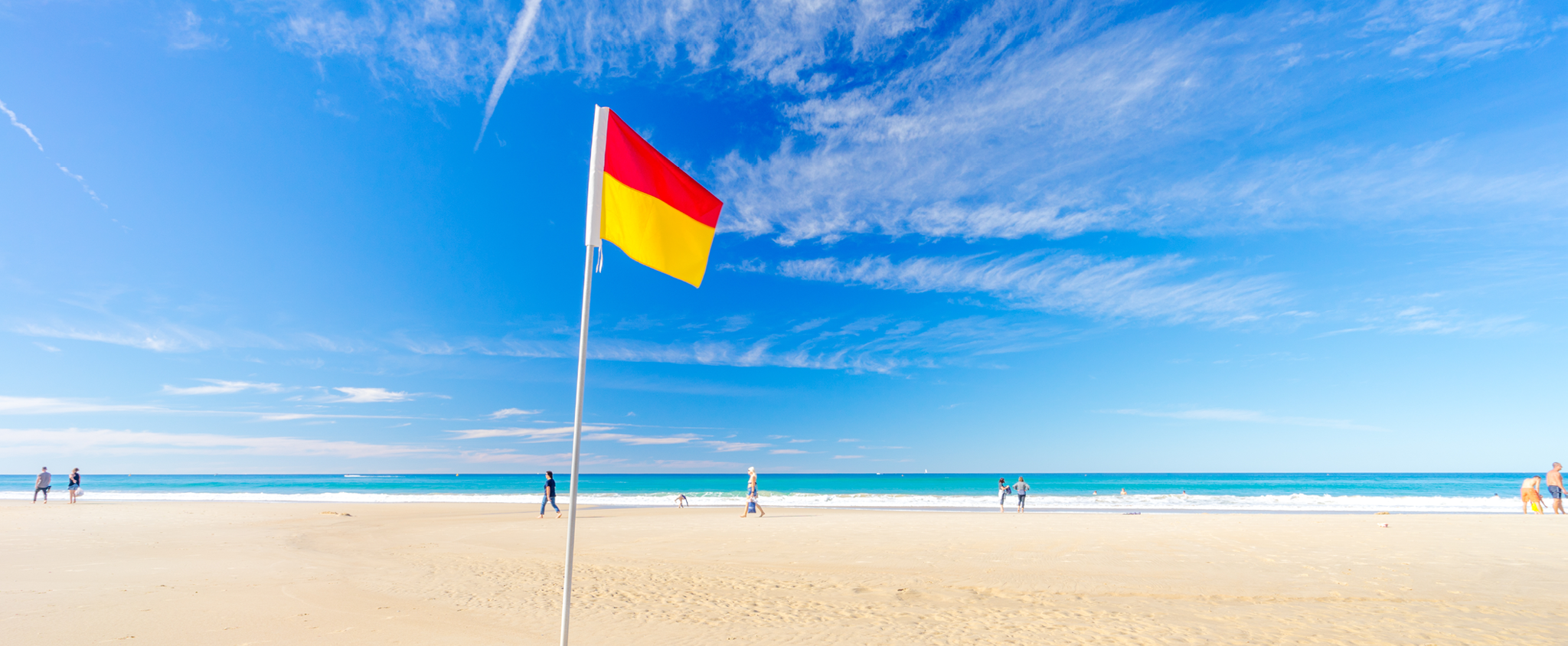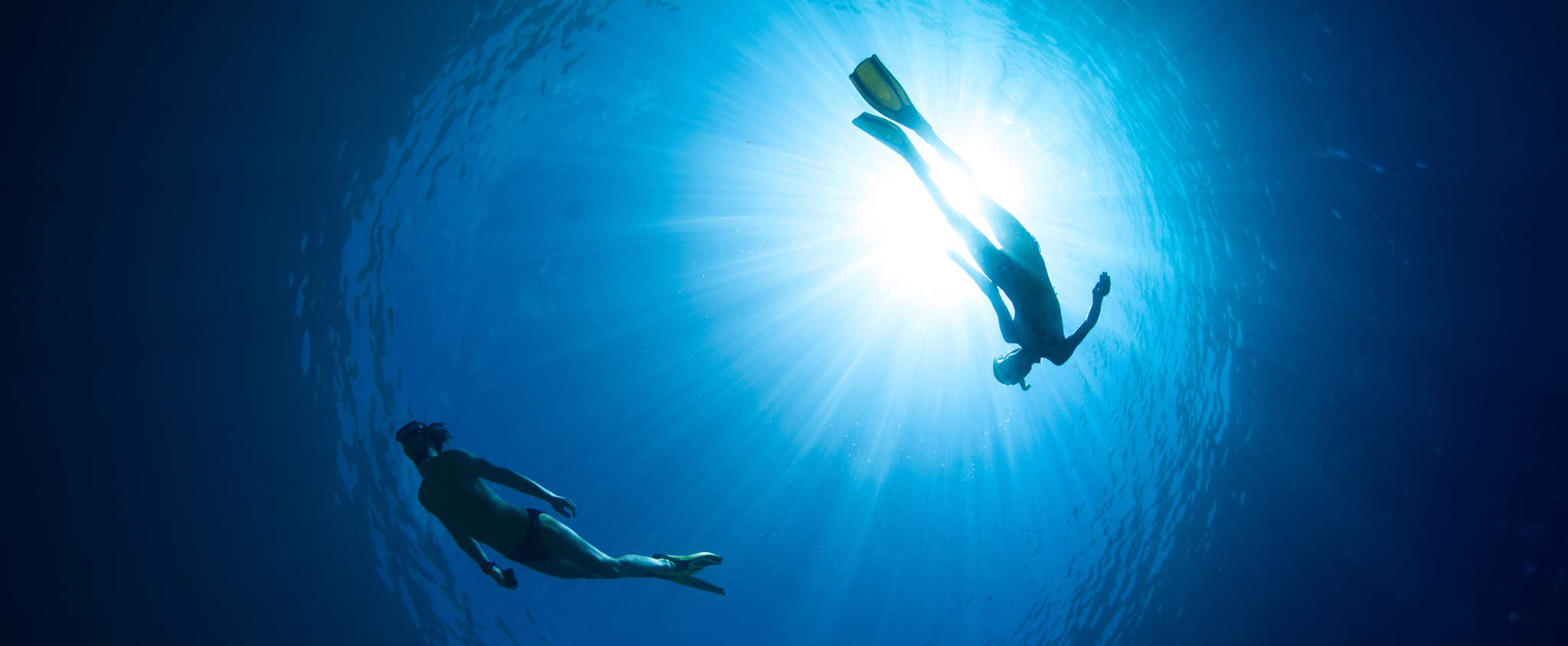Australia has some of the world’s most stunning beaches, attracting millions of visitors each year. While these sandy shores offer breathtaking views and exciting activities, they also pose certain risks. For those unfamiliar with the local environment, staying safe is paramount when planning a trip to the beach in Australia.
Whether you’re planning a day of sunbathing, swimming or surfing, prioritising safety is crucial for a fun experience. Here’s what you need to know:
Slip, slop, slap
The Australian sun can be extremely harsh, with high UV levels causing sunburn and increasing the risk of skin cancer, and the Aussie slogan “Slip, slop, slap” is your best defence against the harsh sun. So what does that mean? Slip on a light, long-sleeved shirt. Slop on broad-spectrum sunscreen (SPF 30+) and reapply every two hours, especially after swimming. And Slap on a wide-brimmed hat to protect your face and neck and seek shade, especially during peak UV periods (10am to 4pm).
Swim between the flags
When you’re at the beach, always swim between the red and yellow flags. These flags indicate areas patrolled by lifeguards, who monitor for dangerous conditions and can assist in emergencies. Swimming outside these flags increases your risk of encountering strong currents, marine life (including sharks) and other hazards without immediate help.
Understand rip currents
Rips are powerful currents in the water that can pull swimmers out to sea. It’s important to learn how to identify rip currents, which often appear as darker, choppier water, as getting caught in a rip is one of the leading causes of beach rescues. If you get caught in a rip current:
- stay calm and conserve energy
- signal for help by raising one arm
- don’t swim against the current; instead, swim parallel to the shore until you escape the current’s pull, then head back to the beach.
Swim with a buddy
Whenever possible, swim with a friend or family member when visiting a beach in Australia, and keep an eye on each other while in the water. In case of an emergency, having someone nearby can make a big difference.
Respect marine life
Be mindful of marine creatures such as jellyfish, sharks and bluebottles (a type of marine stinger) that may be present in the water. Wear a stinger suit if swimming in areas known for stingers, and follow any local signage about potential risks.
Learn basic first-aid
Familiarise yourself with basic first-aid procedures, including CPR and treating minor injuries such as cuts, scrapes and jellyfish stings. Knowing how to respond in an emergency can help save lives.
Stay hydrated
The combination of sun, saltwater and physical activity can lead to dehydration. Drink plenty of water throughout the day and avoid excessive alcohol consumption, as it can contribute to dehydration and impair judgement.
Know the emergency number
In the event of an emergency while at a beach in Australia, it’s crucial to know what the emergency contact number is – in Australia, dialling 000 connects you to the emergency services (police, fire and ambulance). Make sure your phone is charged, and you have access to it at all times.
Australia’s beaches offer a perfect blend of relaxation and adventure. By staying informed, following safety guidelines and being prepared for the unexpected, your beach experience will be both memorable and safe.






